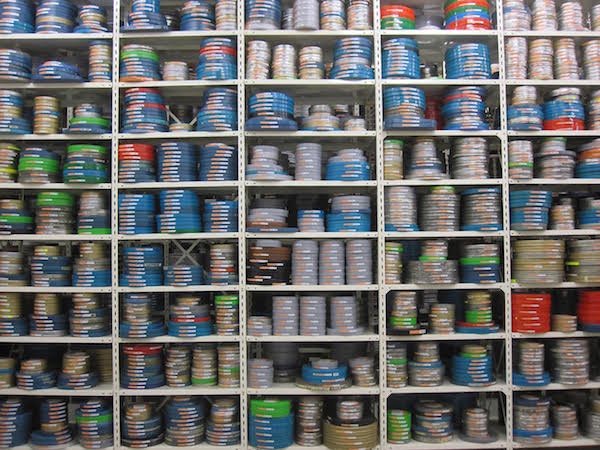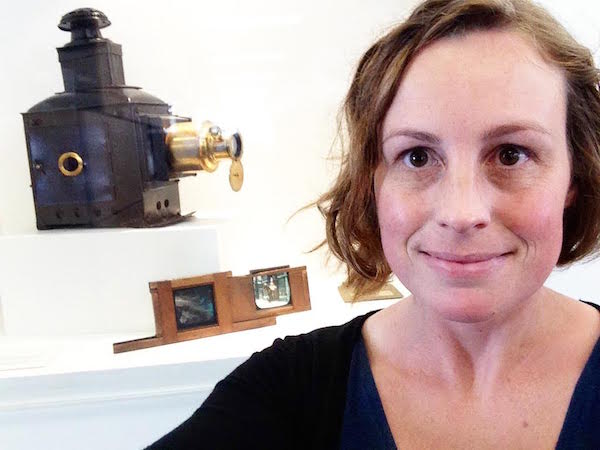Supplejack and Ngā Taonga Sound & Vision
Posted on 02 December 2015 by Lisa
One of the most exciting things about working on an open source project is seeing other people make use of things you've made. For the last few months Ngā Taonga Sound and Vision have been using DigitalNZ’s Supplejack data harvesting and search platform to bring together their various data sources and build a new online catalogue. Last week I caught up with Ellen Pullar, Ngā Taonga Sound & Vision’s Digital Programme Developer, to discuss the work in progress.

Film cans stored in one of Ngā Taonga Sound & Vision’s vaults. Image supplied by Ngā Taonga Sound & Vision.
Ngā Taonga Sound & Vision has an interesting history. The archive was formed between 2012 and 2014 by the combination of the New Zealand Film Archive, Sound Archives Ngā Taonga Kōrero, and the Television New Zealand Archive. Each of these three organisations entered the amalgamation with different institutional histories, workflows and technologies.
For example, the Film Archive’s collection of moving images (~160,000 items) was built as a public access archive, while the Sound Archives (~100,000 items) and the TVNZ Archive (~600,000 items) were both built by broadcasters (Radio New Zealand and Television New Zealand) to facilitate use of the collections by their own programme producers. Not only are the three parts of the collection catalogued using different software, different cataloguing conventions have been used for each collection. One of the newly formed institution’s biggest challenges is unifying these various databases into a public single search experience without compromising the ability for Ngā Taonga Sound & Vision’s staff to access specialized information in the internal databases, and continue to serve to both RNZ’s and TVNZ’s broadcast needs.
Ngā Taonga Sound & Vision staff have created a field map across the former Film Archive and Sound Archives databases (the TVNZ Collection will be brought in as a subsequent phase). They use Supplejack to harvest metadata from each collection, standardize comparable fields across moving image and sound while retaining fields with media-specific relevance, and present the information as a single online collection. As Ellen noted, “We want something nice and easy for the public to use, through a single search, without them having to go to many different databases to find our offerings. Another real advantage of using the API is that we are able to store the playable media files for film and audio in separate places and on different formats – Supplejack knows where to find them, and is automated to pick up new media files when they’re added, and bring them together online.”
The first phase of Ngā Taonga Sound & Vision’s Supplejack-powered online collection is due to go live in the first quarter of 2016.

Ellen Pullar at Ngā Taonga Sound & Vision. Image supplied by Ngā Taonga Sound & Vision.
We've turned off comments here, but we'd still love to know your thoughts. Visit us on our Facebook Page @digitalnz or on Twitter @DigitalNZ to share any ideas or musings with the DigitalNZ team.